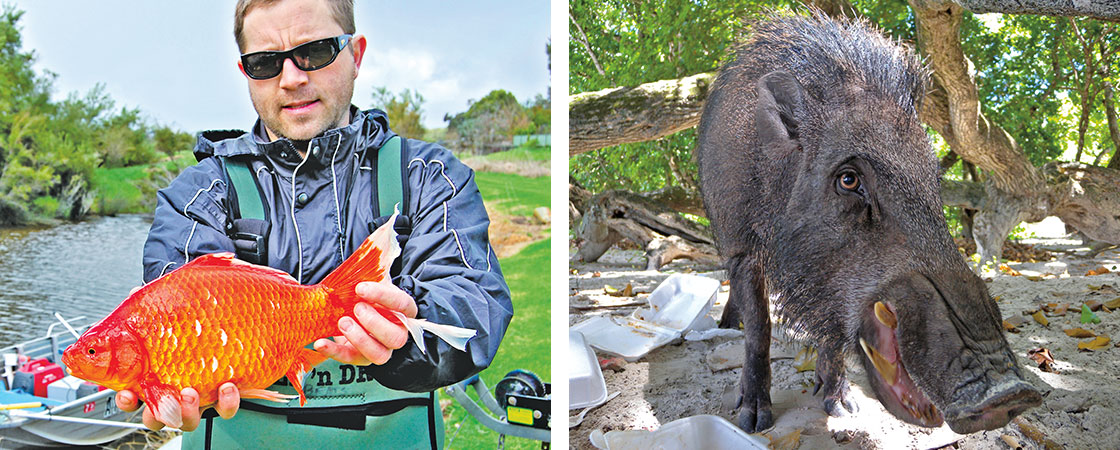They’ve taken over a river in Australia. They’ve invaded a bay in Canada and a lake in Colorado. They grow to enormous sizes and eat everything in sight.
It’s the attack of the giant monster . . . goldfish? It may sound like a scary movie, but it’s not. Scientists say that giant goldfish are becoming a big problem in rivers and lakes around the world. And who caused the problem?
We did—humans.
They’ve taken over a river in Australia. They’ve invaded a bay in Canada and a lake in Colorado. They grow to huge sizes and eat everything in sight.
It’s the attack of the giant monster . . . goldfish? It may sound like a scary movie, but it’s not. Scientists say that giant goldfish are becoming a big problem in rivers and lakes around the world. And who caused the problem? Humans did.
They’ve invaded a river in Australia, a bay in Canada, and a lake in Colorado. They grow to enormous sizes, turn blue water brown, and eat everything in sight.
It’s the attack of the giant, killer . . . goldfish? It may sound like a bad horror movie. But scientists say that huge goldfish are becoming a, well, huge problem in rivers and lakes in many parts of the world. And who caused the problem?
We did—humans.

